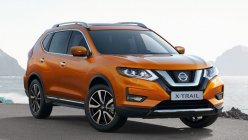Globalization has opened up new frontiers in the manufacturing sector, and the automotive industry is one of those that have benefited from it.
A German car model assembled with components made in different countries costs significantly less than if the parts were all exclusively fabricated in its home turf.
This also helps establish supply chains to ensure a steady flow of parts, which means more jobs especially in economies that need them the most.
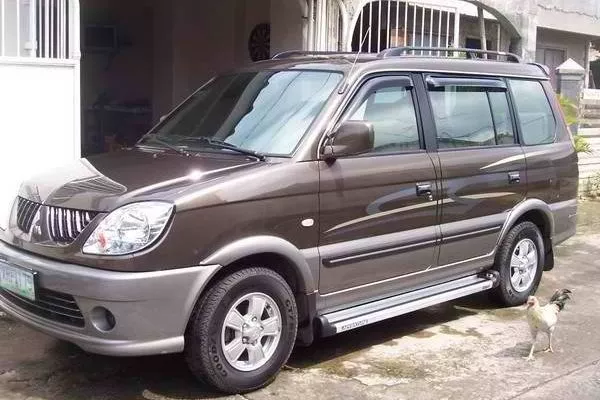
The Pinoy favorite Adventure AUV falls short of standards in developed countries
Another result is expansion into other territories. Carmakers from first world countries are no longer limited to selling cars among themselves, with models that are more tailored to emerging markets in terms of size, purpose, and pricing. If anyone still remembers the term AUV (Asian Utility Vehicle), you get the drift.
We’ve probably seen cars (an SUV perhaps, or a snazzy-looking MPV) on the street that we thought were global models, only to find out that they’re practically unheard of beyond Asia’s borders. This could be due to several reasons.
Varying emissions standards
It’s a given that Asian cars are engineered to meet emissions benchmarks set by their target markets. However, this does not necessarily translate into compliance in other countries that have higher standards.
Some Asian territories like Hong Kong have offered incentives to scrap vehicles that don’t meet Euro VI (or Euro 6 for passenger vehicles) standards back in 2014. Others, like the Philippines, are still following Euro IV (or Euro 4) emissions guidelines.
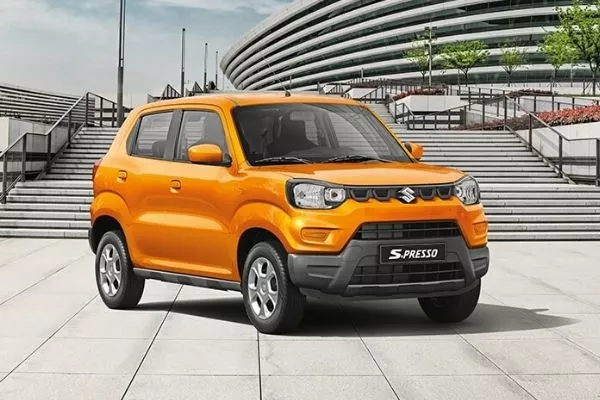
The S-Presso caters mainly to Indian emissions standards
India uses its own Bharat Stage Emissions Standards (BSES), which have been criticized for lagging years behind their European counterparts; the prevailing BS6 (Bharat Stage 6) standard in India as of 2018 was referenced from Euro VI, which has been in place in Europe since 2015 and is now on its fourth revision as of January 2020.
>>> Related: Mitsubishi Philippines releases details on the all-new 2019 Euro 4 L300
Different safety ratings
A frequent benchmark for crash test safety is the New Car Assessment Program (NCAP), which began in the United States in 1979 and now has at least 10 different organizations internationally.
Even though they’re all based on the same general guidelines, each group can introduce additional criteria that meet the requirements of consumers in their respective regions.
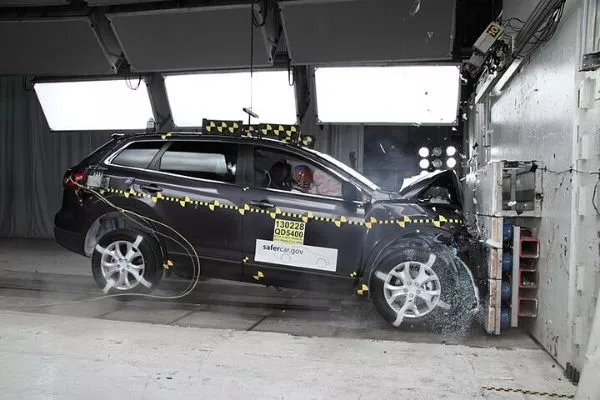
Crash test assessment depends on the needs of the intended market
First-world cars subjected to Euro NCAP impact tests are expected to pass stricter requirements to achieve a five-star rating within their price point.
But cars from emerging markets such as Asia can’t be realistically expected to pass (let alone achieve the same score) without introducing expensive upgrades, which will price the cars way beyond the reach of their target consumers.
>>> Related: Unfold 3 popular vehicle safety tests
Reliability issues
It may (or may not) have something to do with the literal climate in Asia, especially Southeast Asia, but certain Asian-made models tend to encounter more frequent breakdowns and failures when they reach more temperate climates, such as the U.S.
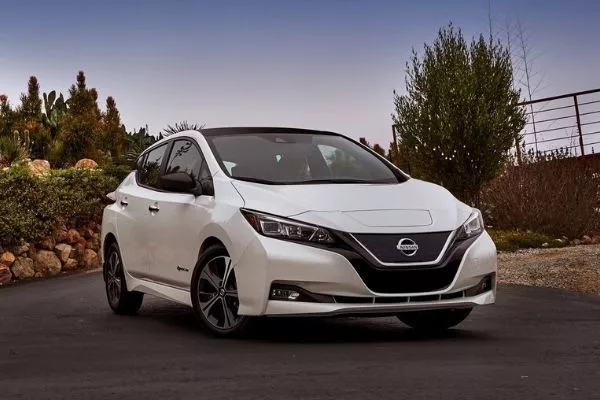
Older US-spec units of the Nissan LEAF EV were plagued by reliability issues
There’s also the matter of geographic location, since it would be more expensive to ship models all the way from Asia to America or Europe. Maintenance costs will follow, as it will be a problem if a part has to be sourced all the way from the far side of the world.
>>> Related: What are the 10 most reliable car brands?
Market preference
As mentioned, sometimes it just boils down to what the market wants: a German might scoff at the thought of long-wheelbase BMW sedans, but these are actually in high demand in China, where customers consider large, spacious cars as symbols of success.
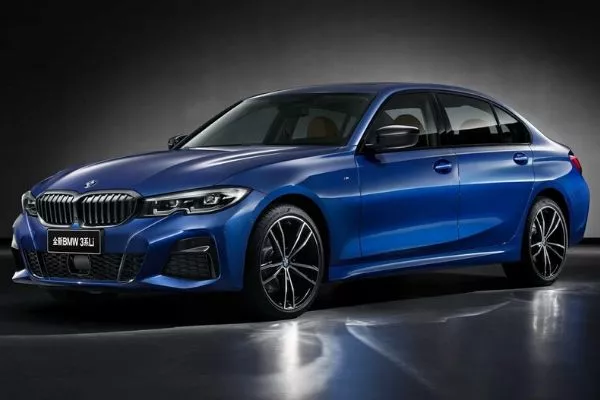
Customers in China like their BMW sedans stretched a little longer than standard
And while an American household probably isn’t going to pay a little over $15,700 (Php 800,000) for a seven-seat vehicle with a tiny 1.5L engine and dual airbags, this would practically be a bargain for the typical Filipino family.
Some points to ponder, the next time you see a fancy car on the road that bears an Asian automotive badge.
Follow Philkotse.com for more latest and featured automotive news around you
Recent posts
- Ranking of the largest car companies in the world Apr 06, 2021
- Fewer imported cars sold in January 2020 - AVID Nov 21, 2022
- Philippines car production goes up by 19.2% in 2019 Sep 20, 2022
- General Motors withdraws from several markets in Asia and from Oceania Apr 13, 2021
- The Philippines placed second fastest auto market in the Asian region May 09, 2017


